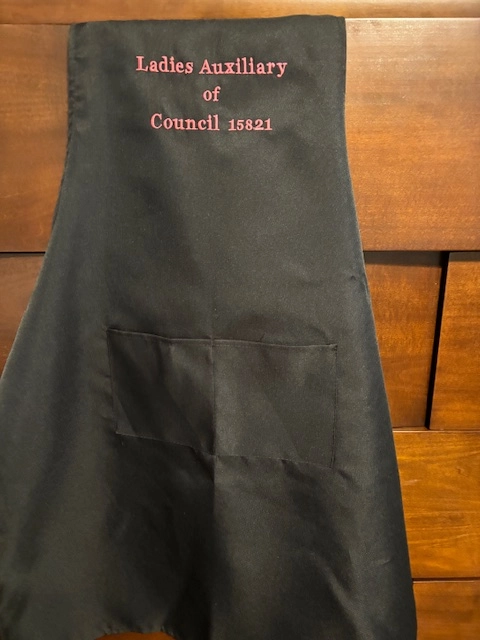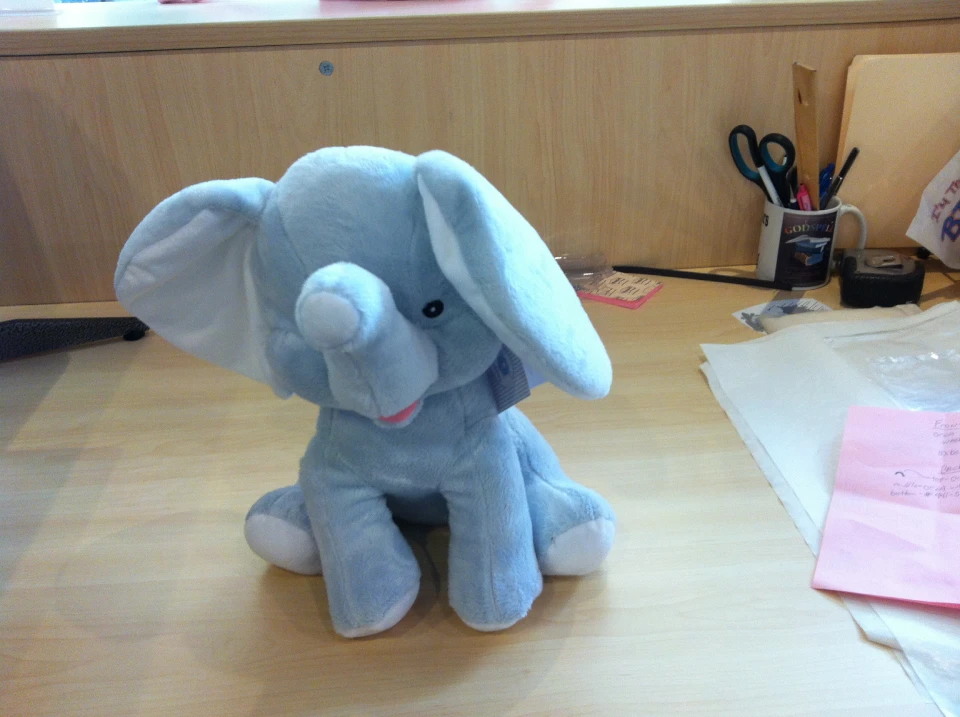The Art of Custom Needlework: Opening the Secrets to Creating One-of-a-kind and Memorable Styles
The tricks to developing custom-made embroidery layouts that mesmerize the eye and leave an enduring impact lie in a delicate balance of strategy, creative thinking, and interest to detail. As we dig into the globe of personalized embroidery, we uncover the nuanced interplay between string selection, sew intricacy, and style personalization that raises a simple garment to a work of art.
Selecting the Right Needlework Threads
When selecting embroidery strings, what essential factors should you think about to make sure the ideal results for your personalized designs? The choice of needlework string is vital in figuring out the final outcome of your stitched layout. Among the primary factors to consider is the material of the string. Various products such as cotton, polyester, rayon, and silk offer varying levels of sheen, durability, and texture. It is important to select a string material that matches the fabric you are stitching on and aligns with the wanted appearance of the layout.
Thicker strings can add measurement and appearance to your layout, while finer threads are suitable for complex details and tiny text. Furthermore, considering the color fastness and washability of the string is crucial to make certain that your custom designs keep their top quality and vibrancy over time.
Exploring Various Stitch Techniques
To explore the realm of 'Exploring Different Stitch Methods', one have to comprehend the details and subtleties that each sewing approach brings to the art of embroidery. Various stitch methods not only add aesthetic rate of interest yet additionally add to the overall texture and measurement of the design. One preferred stitch method is the satin stitch, which includes very closely jam-packed parallel stitches to produce a smooth and glossy surface, suitable for filling up in shapes and developing strong details.
On the other hand, the backstitch is a flexible strategy often made use of for detailing and including great information. It involves sewing in reverse to produce a strong line of needlework. Additionally, the French knot stitch includes a tactile component to designs, perfect for developing distinctive accents like flower centers or decorative touches.
Discovering different stitch methods permits embroiderers to have fun with light, darkness, and deepness within their styles, elevating the aesthetic appeal and imaginative top quality of their embroidery tasks. By grasping numerous stitching methods, one can unlock countless possibilities for producing one-of-a-kind and remarkable custom needlework items.
Incorporating Personalized Design Components
Having actually explored the complexities of different stitch strategies such as the satin stitch, backstitch, and French knot, the focus currently changes towards including personalized design elements in custom-made needlework jobs. Customized design aspects play a critical role in making needlework jobs really special and remarkable. One method to integrate customization is by including initials, names, or substantial dates to the design. This not only adds a tailored touch yet additionally enhances the sentimental value of the needlework piece.
An additional method to include customized style components is by consisting of symbols or motifs that hold unique definition to the recipient or show their rate of interests and personality. As an example, integrating a favorite flower, pet, or hobby-related sign can make the needlework layout more purposeful and individualized. Additionally, selecting colors that reverberate with the recipient or line up with the designated motif can better cost to get suit tailored enhance the customization of the embroidery task.
Grasping the Art of Shade Control

One key facet of shade sychronisation is understanding shade concept. This includes recognizing how different colors connect with each various other, the emotions they share, and how they can be combined to produce visually enticing layouts. By using color concept principles, embroiderers can produce unified color palettes that enhance the general appearance of the layout.
Furthermore, taking notice of comparison is crucial in color sychronisation. Making use of contrasting colors can assist specific elements of the layout pop, improve clarity, and create a visually dynamic embroidery item. By understanding the art of color coordination, embroiderers can boost their styles and produce remarkable items that resonate with clients and visitors alike.
Enhancing Structure With Advanced Embroidery Stitches

French knots, for example, are best for adding tiny, elevated dots to your design, imitating the look of beads or creating a distinctive surface area. Bullion knots, on the other hand, can be utilized to create twisted, official site ropelike aspects that include a luxurious feel to the embroidery. Seed sewing entails little, scattered stitches that can fill out locations with a speckled appearance, while turkey work produces fluffy, dimensional accents evocative pet hair or vegetation. Trying out these advanced needlework stitches allows you to press the boundaries of conventional needlework and create truly distinct and aesthetically appealing structures in your styles.
Verdict
To conclude, the art of custom needlework involves a combination of picking the right strings, discovering numerous stitch techniques, incorporating customized layout components, mastering color control, and improving structure with sophisticated stitches. By understanding and carrying out these crucial elements, embroiderers can produce special and unforgettable layouts that display their creative thinking and ability. Embroidery enthusiasts can unlock the tricks to developing stunning and bespoke pieces that basics stand apart and leave an enduring perception.